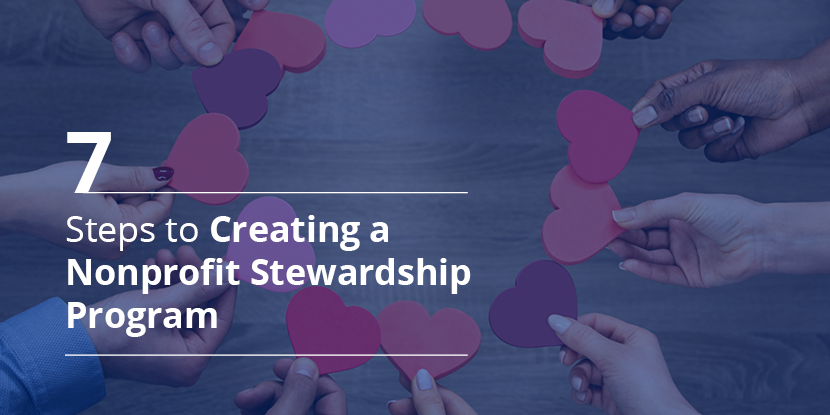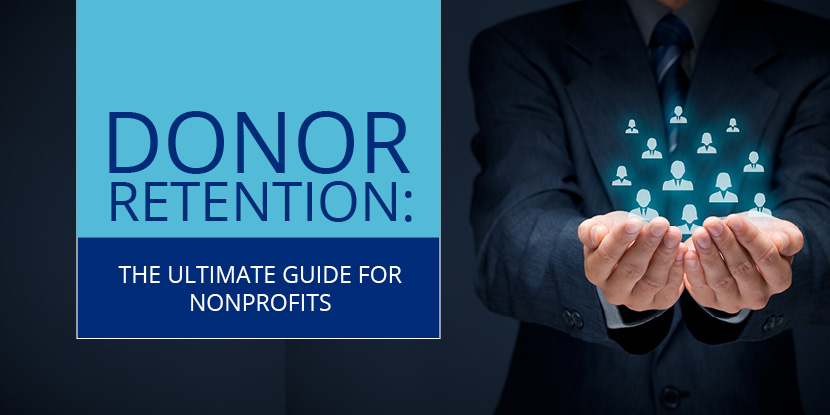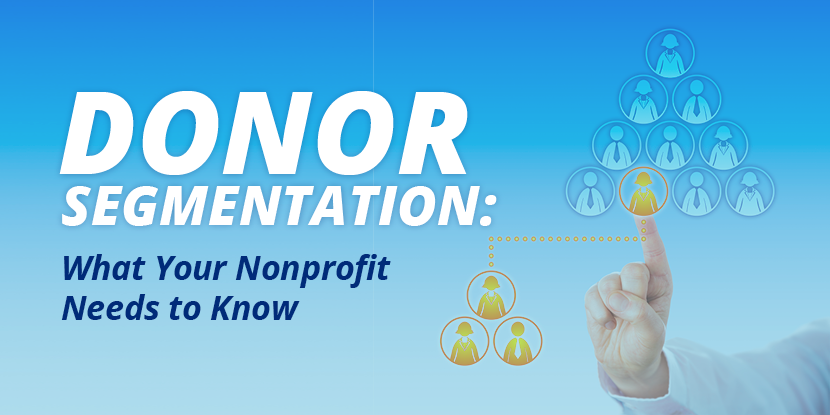A virtual fundraiser event is one of the amazing ways nonprofits can raise funds without overstretching their budget. With virtual events, you can increase your reach and expand your donor network, and the more people you can attract, the more funding you can bring in. However, to achieve success and turn your figures around, you need a dynamic marketing approach.
It is much easier to keep up with existing donors with “save-the-date” emails, social media posts, and other notification types. However, when it comes to reaching new people, you’ll need to embrace similar marketing tactics that business event organizers use to attract their target audience. Here are some marketing ideas you can incorporate into your virtual event planning process:
- Identify Your Target Donors
- Create an Event Website or Microsite
- Embrace SEO and Content Marketing
- Use Popular Event Registration and Ticketing Software
- Use Email Marketing
- Create Social Media Campaigns
- Write a Press Release
- Reach out Directly to Local Targets
- Create Interesting Activities around Your Virtual Fundraiser
- Use Sponsors to Boost Publicity
Continue reading to learn more!
1. Identify Your Target Donors
Your first task is to identify the qualities of your ideal donor. In marketing, this is referred to as creating a “buyer persona.” You can determine this by profiling your existing donors. Identify their common characteristics, interests, and the specific demographics they belong to. Once you are able to identify those common attributes, it will be easier to identify people with similar qualities in the larger marketing space.
Additionally, you can access data from your donor database to find those that have donated to causes that are similar to yours in the past to study their demographic information and use that data to target new donors in your marketing campaigns.
2. Create an Event Website or Microsite
Create an event website or microsite to amplify awareness for your virtual fundraising event. Setting up a dedicated microsite for your event can help you communicate more clearly with your target audience when compared to using your organizational website for that purpose. With the microsite, you can provide sufficient information about event sessions, what to expect, speakers, special appearances, and more. You can also engage your target audiences directly by answering their questions via live chat.
One of the additional advantages of an event microsite is that it can work in conjunction with your virtual event platform and feature a dedicated event donation page. So the microsite provides both customized branding for your event and also supports interactive event features.
3. Embrace SEO and Content Marketing
Use SEO and content marketing strategies to make your event and nonprofit discoverable online. Your event website or microsite should be indexed on Google. Also, implement a keyword strategy that ensures that the site has a good chance of appearing on the first few pages on Google when users search for similar keyword terms.
You can also boost SEO by creating fresh content about your event and sending it to popular blogs to generate backlinks to your microsite. One of the ways people determine the credibility of an organization is by looking it up online. They can search for terms common to nonprofits promoting causes that are similar to yours. If your website comes up within the first two search result pages, readers will likely have more confidence in partnering with your organization.
Another way to boost your search credibility is to ask your past donors to write a review about your organization on your Google page. When you have great reviews, more people will be willing to attend your event and partner with you.
4. Use Popular Event Registration and Ticketing Software
Using event registration and ticketing software such as Eventbrite or Regpack can earn your event an additional online presence. Such platforms have a strong online presence and more people can discover your event on those platforms.
The platforms can easily be integrated with your CRM, virtual event platform, and mobile event app to transfer registration data seamlessly.
Most ticketing platforms also have marketing features for sharing events on social media or creating marketing campaigns directly. They can be used together with marketing automation platforms (MAPs) such as Hubspot, Marketo, ActiveCampaign, and more.
5. Use Email Marketing
Reach your existing donors and contacts with emails and newsletters about your virtual fundraising event. You can obtain email lists from your CRM or email marketing platform. Here are some ideas on the types of emails to send out.
- Event Anticipation: Start by sending an email to your existing list to create anticipation about your event. You might not include the date of the event in this email but ask them to watch out for the date.
- Event Announcement: Send an email to officially announce the event with details of the event such as the dates, what attendees should expect, and how to get tickets.
- Event Reminder: After registration opens but before the event date, send intermittent reminders.
- Deadline Email: Within 3 – 7 days of your event deadline, send one last email to remind them not to miss the opportunity. You can offer an incentive for those that purchase tickets before certain dates.
Pay attention to stats to record email marketing success. Important stats to look out for include email open rate, click-through rate, and conversion rate. These will indicate how many people open your emails, follow your call-to-action, and sign up for your event respectively. The stats can show you the areas that need adjustment to improve your results.
6. Create Social Media Campaigns
Go beyond making organic posts on social media and widen your reach using ads. Use social media platforms such as Facebook, Twitter, Instagram, LinkedIn, and any other platforms that your prospects engage with the most. To more effectively coordinate these efforts, use apps like Hootsuite to create and monitor your campaigns across different platforms.
The keys to success in social media advertising are targeting and engagement. If you target the right demographics and post content in a way that resonates with that demographic, your ads will likely attract more engagement and conversion. Social media advertising statscan guide your understanding of what to focus on in your campaign.
7. Write a Press Release
Write a press release and distribute it to journalists and online blog publishers to feature in their publications. Include a call-to-action with the release so that readers can learn more about your fundraising event. This can also help generate some leads and boost SEO for your event. Ask editors about their publishing calendar so you can be on time for submission.
8. Reach out Directly to Local Targets
Although your event will be online, you can still reach out to local communities to spread your message. Here are some local outreach ideas to consider:
- Direct mail: Send direct mailings that contain information about your fundraising event, a link to your event page, as well as an email address and a phone number to contact.
- Local blog/event calendar: List your event in the event calendars of local communities that can be found online. You can also send content about your event to local blogs.
- Speak at a local event: Meet with local event organizers to inform participants about your upcoming event.
In addition to all the above, you can also make a direct phone call to local contacts to inform or remind them about your event.
9. Create Interesting Activities around Your Virtual Fundraiser
To attract more people to your event, create activities that pique their interest and make them anticipate the event. Useful ideas include introducing fun elements such as games and networking. You can also invite a celebrity partner or artist to make a special virtual appearance or perform for the audience. The public image and connection of the celebrity can help to drive attendance to your event.
10. Use Sponsors to Boost Publicity
Find sponsors for your fundraising event and use their brand image to boost publicity. Include the logos of sponsors on your event website and in your email communications. You can also mention and tag sponsors on your social media post. As a result, their followers will encounter your posts and show interest in your fundraiser.
While you can use multiple approaches in marketing your virtual fundraiser, it is important that all your campaigns lead to your event website or microsite which also serves as your landing page. You can embed your ticketing software on that page or provide a link that leads users to purchase a ticket from the page.






